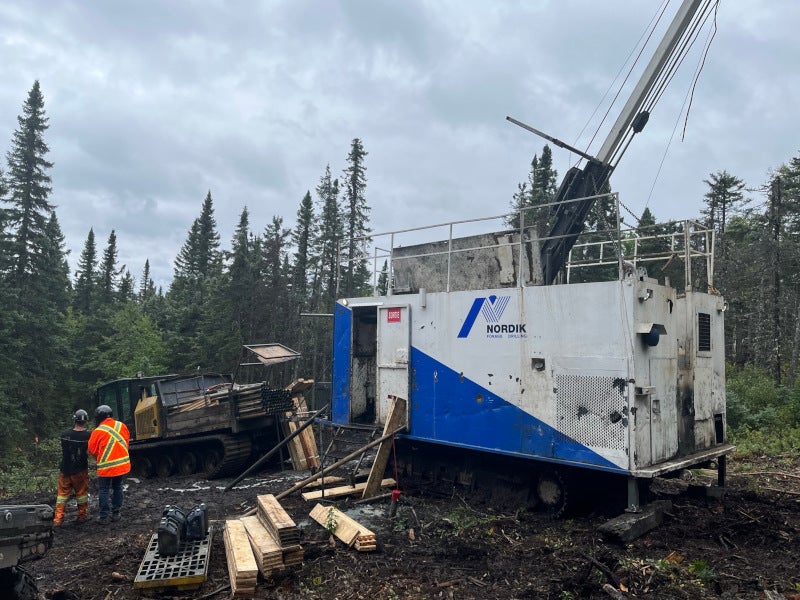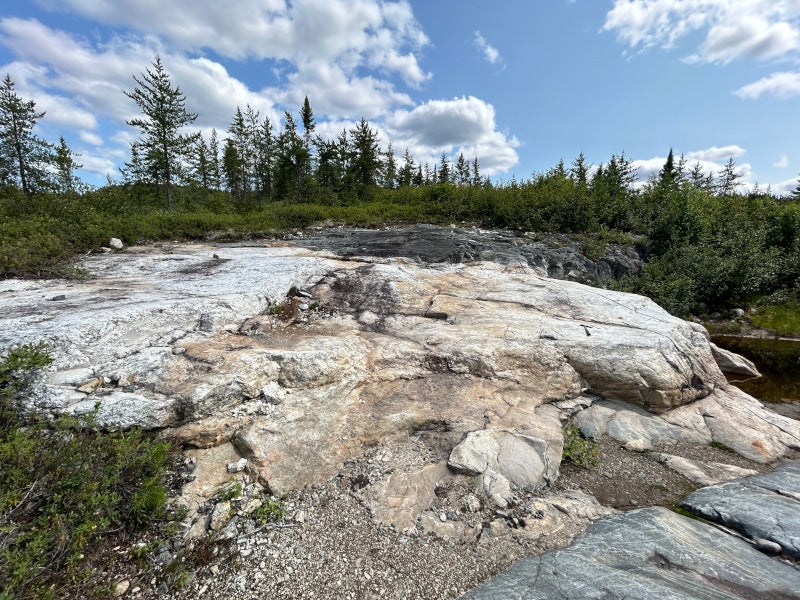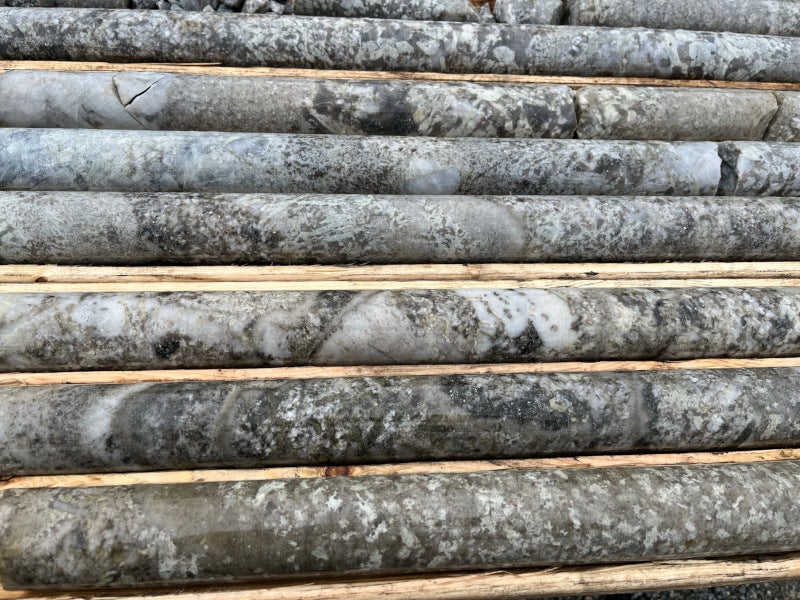The Moblan lithium project situated in Quebec, Canada, is set to be developed as an open-pit mine.
The mine is jointly owned by Australia-based mining company Sayona Mining (60%) and Investissement Quebec (40%), a guidance and financial solutions provider.
The definitive feasibility study for the project was completed in February 2024. The mine is estimated to have a life of mine (LOM) of 21.1 years with an investment capital of $722m.
The first production from the mine is anticipated to commence in April 2027. The mine is expected to have an average lithium production of 300 million tonnes per annum (mtpa).
Moblan lithium project location
The Moblan lithium project is located in the Eeyou Istchee James Bay Hub in north-western Quebec, Canada. The project encompasses 20 mineral claims, covering an area of 433ha.
Geology and mineralisation
The property lies within the Frotet-Evans greenstone belt, a component of the Archean Superior province.
Lithium was initially discovered on the Moblan property in the 1970s, with the first drilling occurring in 2007.
The geology of the Moblan property is characterised by a large north-east trending gabbro, bordered to the north-west by mafic volcanics and lesser sedimentary rocks.
The Archean bedrock is sporadically covered by glacial tills, which are not more than 3m to 4m thick.
The gabbro serves as the principal host rock for lithium-bearing pegmatite. The pegmatites belong to the albite spodumene class of lithium-cesium-tantalum pegmatites.
Reserves
The Moblan lithium project is estimated to contain a probable reserve of 34.5 tonnes (t) grading 1.36% lithium oxide, as of February 2024.
Mining method
The project will employ open-pit mining methods, utilising a conventional excavator and truck fleet. The LOM will involve 13 months of pre-production, followed by a 19-year production period.
Two open pits namely the Moleon pit and the Main pit are proposed to be developed over the life of the mine.
The Moleon pit will cover the Moleon domain while the Main pit will incorporate the Main, Inter, and South domains. Mining will proceed with a strip ratio of 2.3:1.
The Main, Inter, and South geological zones will converge into a single pit, designated as the Main pit.
The Main pit will have an optimal depth of 200m from the highest topographic point. Mining in the Main pit will be conducted with a bench width ranging between 6m and 9.4m and a bench height of 20m.
The Moleon Zone will necessitate a separate pit design and access.
The optimal depth of the Moleon pit will be 130m. Mining in the Moleon pit will be conducted with a bench width ranging between 6.5m and 11.7m and a bench height of 20m.
Both pits will feature a double-lane access ramp of 28m and a single-lane access ramp of 17m.
The mining fleet will consist of three 7m³ backhoes, six 92t mine trucks, and three drills ranging from 100mm to 152mm with remote capabilities.
Ore processing
The run-of-mine ore blend will undergo a three-stage crushing process in a primary jaw crusher, followed by secondary and tertiary cone crushers.
The crushing circuit will produce a nominal 6.35mm product, which will be screened into coarse and fine streams for the respective dense media separation (DMS) circuits.
The fines will pass through a fluidised classifier to remove mica before entering the fines DMS circuit.
Ore streams will be combined with a ferrosilicon slurry and pumped to the primary DMS cyclones where spodumene will sink to the underflow.
The gangue will rise to the overflow and be directed to the tailings stockpile. The sinks will then proceed to the secondary DMS circuits.
The secondary coarse and fine sinks from the DMS cyclones will be subject to magnetic separation, resulting in a spodumene concentrate with a lithium oxide content of 6%.
The screened fines and DMS middlings will be milled in a ball mill, then passed through desliming cyclones, magnetic separators, mica flotation, and dewatering cyclones. The deslimed slurry will undergo further attrition to dislodge or break down any residual mica flakes.
The slurry will then undergo a final desliming stage before being introduced to the spodumene flotation circuit. The flotation feed will be preconditioned ahead of the flotation process.
The final spodumene concentrate product from the flotation will be thickened and filtered to yield the end concentrate product.
Site infrastructure
The project is located 130km from Chibougamau, accessible via the year-round Route du Nord, a regional highway.
The site has access to railway lines that connect major Eastern Canadian ports.
The project will be powered through hydroelectricity, with plans to construct a new 42km transmission line connecting to the existing HydroQuebec 161kV line number 1625.
An on-site 161kV/25kV substation will meet the 26.1MW power demand for mining and processing operations. Additionally, emergency power will be provided by two 600V 1MW and one 600V 500kW diesel generator.
Water for fire protection systems and distribution at the ore processing plant and permanent camp will be sourced from Lake Coulombe, which will also meet the initial raw water requirements for the concentrator’s operations.
Potable water will be generated from freshwater supplied by three artesian wells near the concentrator site.
Contractors involved
InnovExplo, a consulting business based in Canada, was responsible for the mineral reserve, geology analysis, and the design of mining and key operating cost parameters, including project capital estimation.
Primero, an engineering company, provided the process plant design.
AtkinsRealis, a design, engineering and project management company, was responsible for the design of the tailings, including water management and treatment systems, in addition to the power line infrastructure design.
Sustainability solutions provider, SLR Consulting was responsible for the geotechnical studies and pit slope designs in overburden.






